Introduction to the Stroke Impact Scale V3.0
The Stroke Impact Scale Version 3.0 (SIS V3.0) measures the multidimensional impact of stroke on patients’ lives through its robust, stroke-specific design. Pamela W. Duncan, PhD, FAPTA, Rita K. Bode, PhD, Sue Min Lai, PhD, MS, MBA, and Subashan Perera developed and published this patient-reported outcome measure in 2003. Today, researchers and clinicians widely consider it a cornerstone tool, as evidenced by its 900+ Google Scholar citations. The SIS V3.0 empowers healthcare teams to comprehensively assess stroke’s effects on functionality and well-being in both clinical practice and research.
Key Features of the Stroke Impact Scale V3.0
Several key features distinguish the SIS V3.0 and make it an effective premier assessment tool for stroke survivors. Researchers and clinicians must thoroughly understand these attributes to apply the tool optimally.
Purpose and Use
The primary purpose of the SIS V3.0 extends across multiple facets of stroke management and investigation. In clinical practice, it is instrumental for monitoring the rehabilitation progress in post-stroke patients. For research, the SIS V3.0 serves as a critical tool to evaluate the efficacy of various interventions in stroke trials. Furthermore, from a policy perspective, data derived from the SIS V3.0 can inform resource allocation for stroke care programs, ensuring that services are directed effectively.
Target Population
The researchers have designed The SIS V3.0 for administration to adults aged 18 years and older who are stroke survivors. This includes a wide demographic spectrum:
- Young Adults (18-24 years)
- Middle-Aged Adults (25-44 years)
- Older Adults (45-64 years)
- Seniors (65+ years)
The scale is also applicable to specific adult groups such as college/university students and parents who have experienced a stroke.
Structure
The SIS V3.0 comprises 59 items distributed across 8 distinct domains, offering a panoramic view of stroke’s impact. These domains include:
- Strength (4 items)
- Hand function (5 items)
- Activities of Daily Living/Instrumental Activities of Daily Living (ADL/IADL) (10 items)
- Mobility (9 items)
- Communication (7 items)
- Emotion (9 items)
- Memory and thinking (7 items)
- Participation/Role function (8 items)
In addition to these domain-specific items, the questionnaire includes a single, overarching question that asks the client to rate their perceived stroke recovery on a scale from 0 to 100. Patients respond to each item using a 5-point Likert scale, ranging from 1 (“an inability to complete the item”) to 5 (“no difficulty experienced at all”).
Scoring and Interpretation
The scoring method for the SIS V3.0 allows for a nuanced interpretation of a stroke survivor’s perceived impact across different functional areas. Each of the 59 items is rated on a 5-point Likert scale.
Item and Domain Score Calculation:
- For most items, a score of 1 indicates an inability to perform the task, while a score of 5 signifies no difficulty at all.
- However, it is crucial to note that scores for three specific items within the Emotion domain (items 3f, 3h, 3i) must be reversed before calculating the Emotion domain score. The formula for this reversal when scoring manually is: Item score = 6 – individual’s rating (e.g., 1 becomes 5, 2 becomes 4, 3 remains 3, 4 becomes 2, and 5 becomes 1).
- After any necessary item reversals, domain scores are calculated. These scores range from 0 to 100 and are computed using the following equation: Domain score = [(Mean item score – 1) / (5-1)] x 100. Higher scores consistently indicate a better outcome or less impact from the stroke in that particular domain.
Interpretation Guidance: The SIS V3.0 does not have strict, universally defined cut-off scores for interpreting severity. Instead, clinicians and researchers typically focus on the individual domain scores and the overall pattern of scores to understand the specific areas where a stroke survivor is most affected. Changes in scores over time are particularly valuable for tracking recovery progress or the impact of interventions. The additional question on overall stroke recovery (rated 0-100) provides a global patient-reported perspective.
Administration of the Stroke Impact Scale V3.0
- Administration Time: It typically takes approximately 15-30 minutes for a patient to complete the questionnaire.
- Administration Format: The SIS V3.0 is versatile and can be administered in various formats. It can be administered as a paper-based questionnaire, digitally online, via a mobile app, through an in-person interview, or even over a phone or video call. It is designed to be self-administered by the patient or administered by an interviewer if the patient requires assistance.
- Training Required: No special training is required to administer or interpret the SIS V3.
Clinical Utility and Diverse Applications of the Stroke Impact Scale V3.0
The SIS V3.0 offers substantial clinical utility and has found diverse applications in the comprehensive management of stroke patients, as well as in advancing stroke research. Its patient-centered approach provides invaluable data that complements traditional clinical assessments.
- Screening for Post-Stroke Deficits: Clinicians can utilize the SIS V3.0 to effectively screen stroke survivors for a wide range of functional and psychosocial impairments across its eight domains. This helps in identifying specific areas needing attention early in the recovery process.
- Monitoring Rehabilitation Progress Over Time: The scale is exceptionally useful for monitoring changes in a patient’s condition and their response to rehabilitation therapies. Longitudinal assessments with the SIS V3.0 can track improvements or plateaus, guiding further therapeutic decisions. Indeed, some studies suggest it is particularly adept at capturing short-term recovery, for example, within the first 3 months post-stroke.
- Informing Personalized Treatment Planning: By providing a detailed profile of the stroke’s impact on various life domains, the SIS V3.0 assists clinicians in developing individualized treatment and rehabilitation plans tailored to the patient’s unique needs and challenges. As a robust tool for capturing the multidimensional impact of stroke, it is invaluable for these personalized care strategies.
- Facilitating Stroke Research Outcomes Measurement: In the research arena, the SIS V3.0 is a widely accepted outcome measure in clinical trials evaluating the effectiveness of new stroke therapies, rehabilitation techniques, and care models. Its comprehensive nature allows researchers to assess a broad spectrum of treatment effects.
Languages and Availability
To support its use in diverse international contexts, the SIS V3.0 has been translated into numerous languages. Available versions include:
- Arabic
- English
- Spanish
- French
- German
This extensive linguistic adaptation facilitates global research collaborations and ensures its clinical applicability across varied cultural backgrounds.
Reliability and Validity of the Stroke Impact Scale
Researchers and clinicians recognize the Stroke Impact Scale V3.0 as a highly reliable and valid instrument for assessing stroke consequences from the patient’s perspective. Extensive studies have affirmed its psychometric properties.
The SIS V3.0 exhibits strong internal consistency, with Cronbach’s alpha coefficients for its domains ranging from 0.70 to 0.94. This range confirms good-to-excellent reliability, demonstrating that the items cohesively measure each intended construct. Studies further support its construct validity, content validity, and sensitivity to change—critical features for tracking recovery.
Key Validation Studies for SIS V3.0
- Original Development and Rasch Analysis: The foundational work for SIS V3.0 involved Rasch analysis to ensure its measurement properties. The key publication detailing this is by Duncan, P. W., Bode, R. K., Lai, S. M., & Perera, S. (2003), “Rasch analysis of a new stroke-specific outcome scale: the Stroke Impact Scale,” published in the Archives of Physical Medicine and Rehabilitation. This study established the unidimensionality and hierarchical ordering of items within domains.
- International Validation Studies: The SIS V3.0 has undergone validation in various languages and cultural contexts, further attesting to its robustness. For instance, a study on the psychometric properties of the Italian version of the Stroke Impact Scale 3.0 has confirmed its utility in different populations. Many such adaptations help ensure the scale’s global applicability.
These comprehensive validation efforts solidify the SIS V3.0’s status as a scientifically sound tool for researchers and clinicians working with stroke survivors.
Availability of Other SIS Versions
several other versions of the Stroke Impact Scale are available. These include:
-
- SIS-16: A short form for quicker assessment.
- SIS-8 (Modified): Another abbreviated version.
- SIS-Stroke-Specific (SIS-SS).
- Pediatric Stroke Outcome Measure (PSOM): This is a related tool specifically designed for children (under 18 years), as the standard SIS versions are adult-focused.
Limitations of the Stroke Impact Scale V3.0
Despite its considerable strengths and widespread application, the SIS V3.0, like all assessment tools, has certain limitations that users should bear in mind:
- Self-Report Measure: Being a self-report instrument, responses can be influenced by patient’s mood, cognitive status, insight into their deficits, and subjective interpretation of questions.
- Length (Too Long): With 59 items, some patients, particularly those with significant fatigue or cognitive impairments post-stroke, may find the questionnaire lengthy to complete. This can take between 15-30 minutes.
- Social Desirability Bias: Patients may consciously or unconsciously provide responses they believe are more socially acceptable or that reflect a better or worse condition than is accurate.
- Limited Validation in Specific Subgroups: While broadly validated, the table indicates that there may be “Limited Validation Studies”. Specifically, the SIS V3.0 has less extensive validation in certain subgroups, such as patients with very severe strokes or long-term survivors many years post-stroke.
- Sensitivity to Change: The scale shows “Lack of Sensitivity to Change” in some contexts. It has limited sensitivity to subtle changes, particularly during the very early stages of recovery or for small, albeit clinically meaningful, improvements in high-functioning patients. Furthermore, the Memory/Thinking and Emotion domains may not detect subtle changes effectively. It is generally better at detecting moderate to large changes in function.
An awareness of these limitations allows for a more critical and informed interpretation of SIS V3.0 scores in both clinical practice and research.
Cost and Licensing of the SIS V3.0
The accessibility of the Stroke Impact Scale V3.0 is a significant advantage for its widespread adoption.
- Cost: The SIS V3.0 is free to use for clinical and research purposes.
- Licensing: The questionnaire is distributed under a Creative Commons (CC BY) license, which permits free use, distribution, and adaptation provided that proper attribution is given to the original authors and developers. While it is open-access, the SIS V3.0 remains copyrighted by the authors/developers. Consequently, commercial use of the scale may require specific permission. The American Heart Association (AHA) and American Stroke Association (ASA) are noted as publishers associated with the scale.
Additional Resources
For those looking to utilize or learn more about the Stroke Impact Scale V3.0, the following resources are highly recommended:
- Original Validation Study for SIS v3.0: Link
- Questionnaire PDF: A copy of the SIS V3.0 patient instrument can be accessed via the University of Kansas Medical Center (KUMC): SIS Patient Instrument PDF.
- Inquiries: For questions or further information regarding the SIS V3.0, you may contact Dr. Sue Min Lai at slai@kumc.edu or visit the official SIS page on the KUMC website.
- Further SIS Information and Resources: Additional details, scoring manuals, and related information can often be found through the KUMC website or resources provided by the American Heart Association (AHA) and American Stroke Association (ASA). The original development paper (Duncan et al., 1999) for SIS v2.0 is also available via AHA/ASA journals: Stroke Impact Scale Version 2.0.
Frequently Asked Questions (FAQ)
- Who can use the SIS V3.0?
Clinicians (such as neurologists, physiatrists, occupational therapists, physical therapists, speech therapists, nurses) and researchers involved in the care or study of adult stroke survivors (18 years and older) can use the SIS V3.0. - How long does it take to complete the SIS V3.0?
Patients typically require 15 to 30 minutes to complete the SIS V3.0. The exact time can vary depending on the severity of the stroke’s impact and the patient’s cognitive and physical abilities. - How is the SIS V3.0 administered?
The SIS V3.0 offers great flexibility in administration. It can be administered as a paper-based questionnaire, digitally online, via a mobile app, through an in-person interview, or even over a phone or video call. It is designed to be self-administered by the patient or administered by an interviewer if the patient requires assistance. No specialized training is required for administration. - Is there any cost to using the SIS V3.0?
The SIS V3.0 is free for non-commercial use in clinical practice and academic research, under a Creative Commons (CC BY) license. However, commercial use may necessitate permission from the copyright holders. - What are some related questionnaires to the SIS V3.0?
Several other questionnaires are often used in stroke assessment and can be complementary to the SIS V3.0. These include:- Modified Rankin Scale (mRS)
- Barthel Index
- Functional Independence Measure (FIM™)
- NIH Stroke Scale (NIHSS)
- Pediatric Stroke Outcome Measure (PSOM) (specifically for children)
A word from ResRef
The Stroke Impact Scale (SIS) v3.0 is a validated, 59-item questionnaire measuring stroke recovery across 8 domains (physical function, communication, emotion, etc.). Using a 5-point scale (scored 0-100 for each domain), it tracks rehabilitation progress and quality of life, helping clinicians tailor treatment. Freely available, it’s widely used in research and practice to improve post-stroke outcomes. Its comprehensive nature makes it an indispensable asset for understanding the patient’s perspective on their recovery journey.
References
- Carod-Artal FJ, Coral LF, Trizotto DS, Moreira CM. The stroke impact scale 3.0: evaluation of acceptability, reliability, and validity of the Brazilian version. Stroke. 2008 Sep;39(9):2477-84. doi: 10.1161/STROKEAHA.107.513671. Epub 2008 Jul 17. PMID: 18635846. Link: Link
- Duncan PW, Bode RK, Min Lai S, Perera S; Glycine Antagonist in Neuroprotection Americans Investigators. Rasch analysis of a new stroke-specific outcome scale: the Stroke Impact Scale. Arch Phys Med Rehabil. 2003 Jul;84(7):950-63. doi: 10.1016/s0003-9993(03)00035-2. PMID: 12881816. Link: Link
- Duncan PW, Wallace D, Lai SM, Johnson D, Embretson S, Laster LJ. The stroke impact scale version 2.0. Evaluation of reliability, validity, and sensitivity to change. Stroke. 1999 Oct;30(10):2131-40. doi: 10.1161/01.str.30.10.2131. PMID: 10512918. Kink: Link


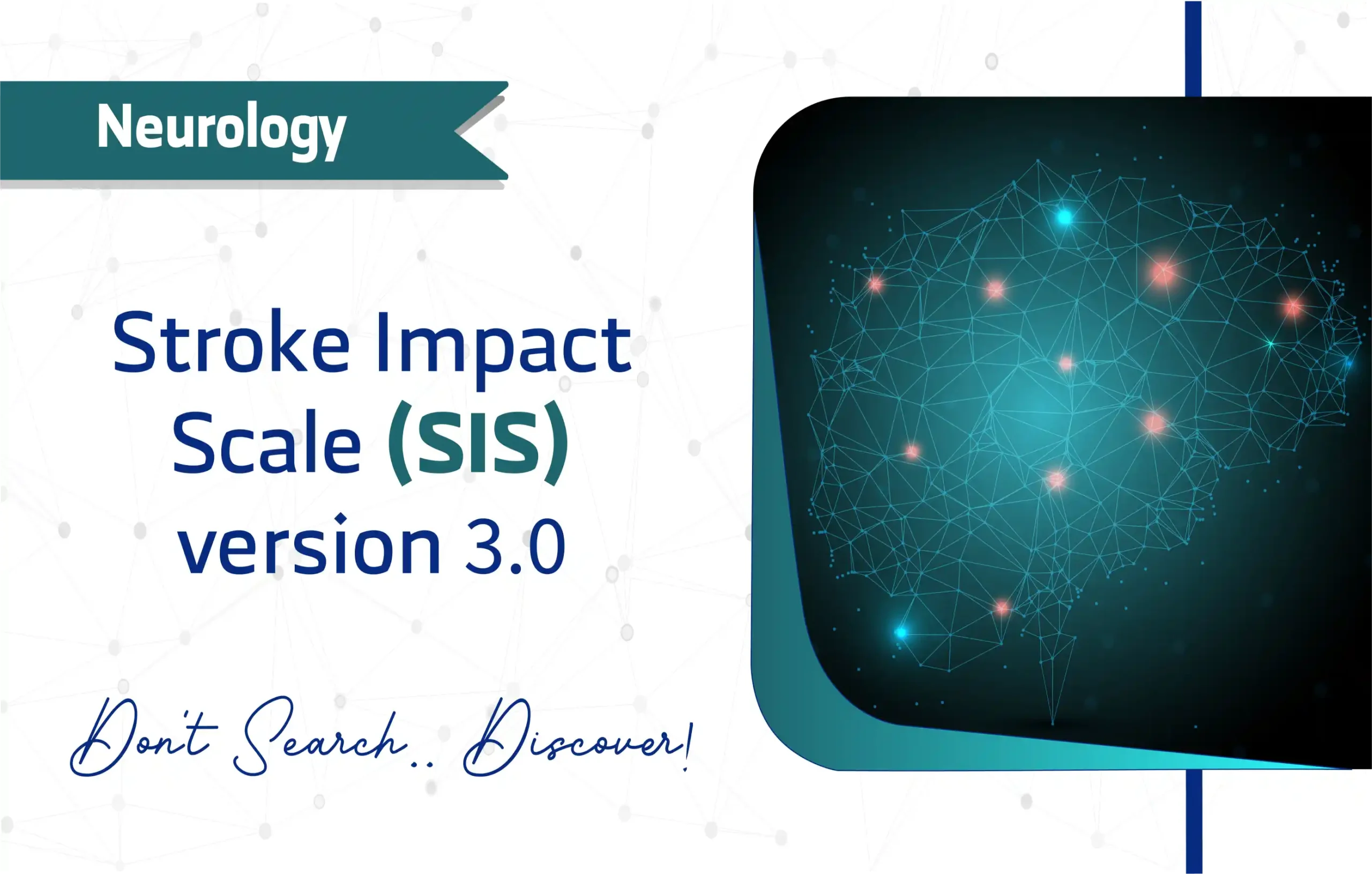

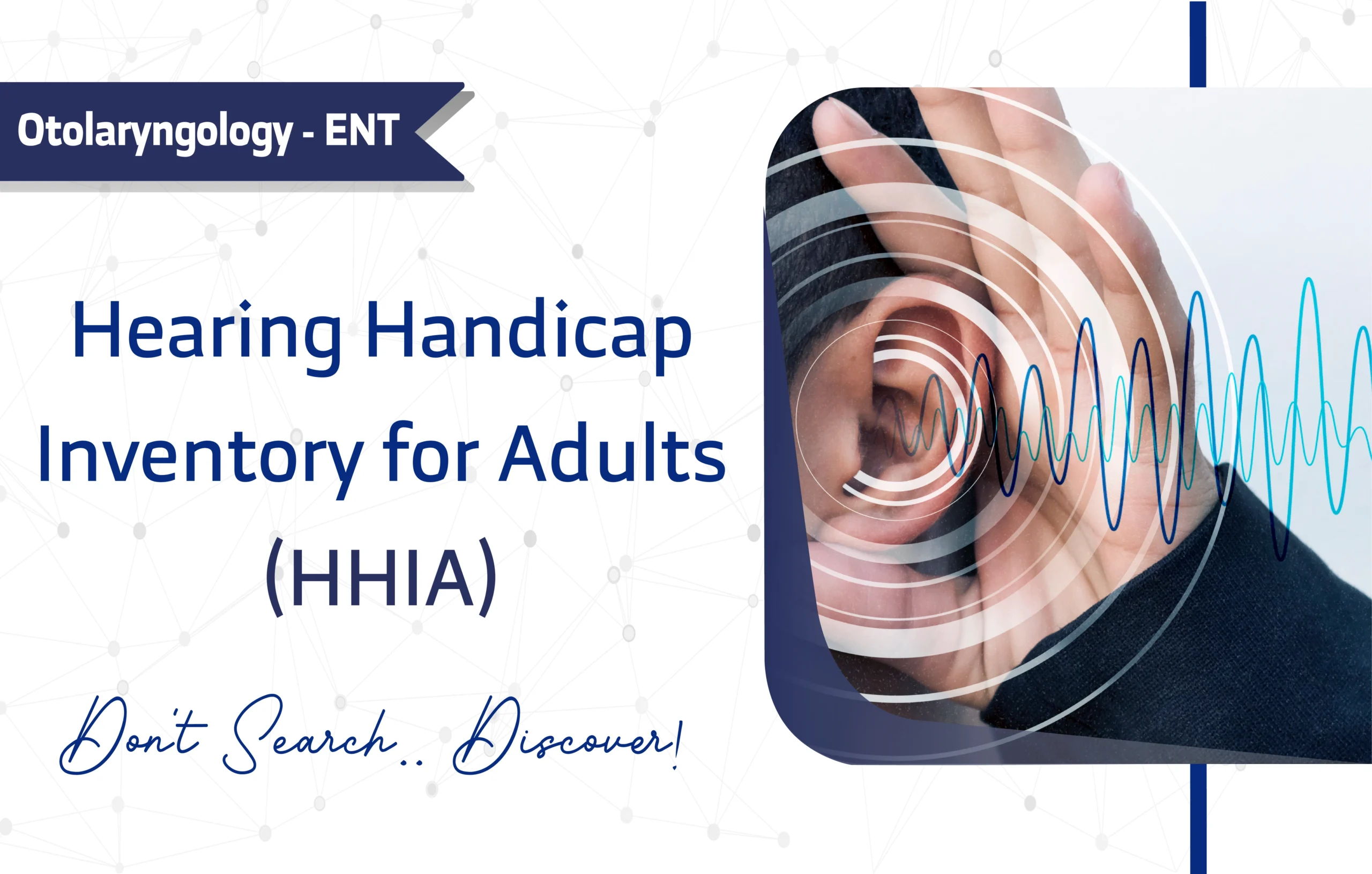
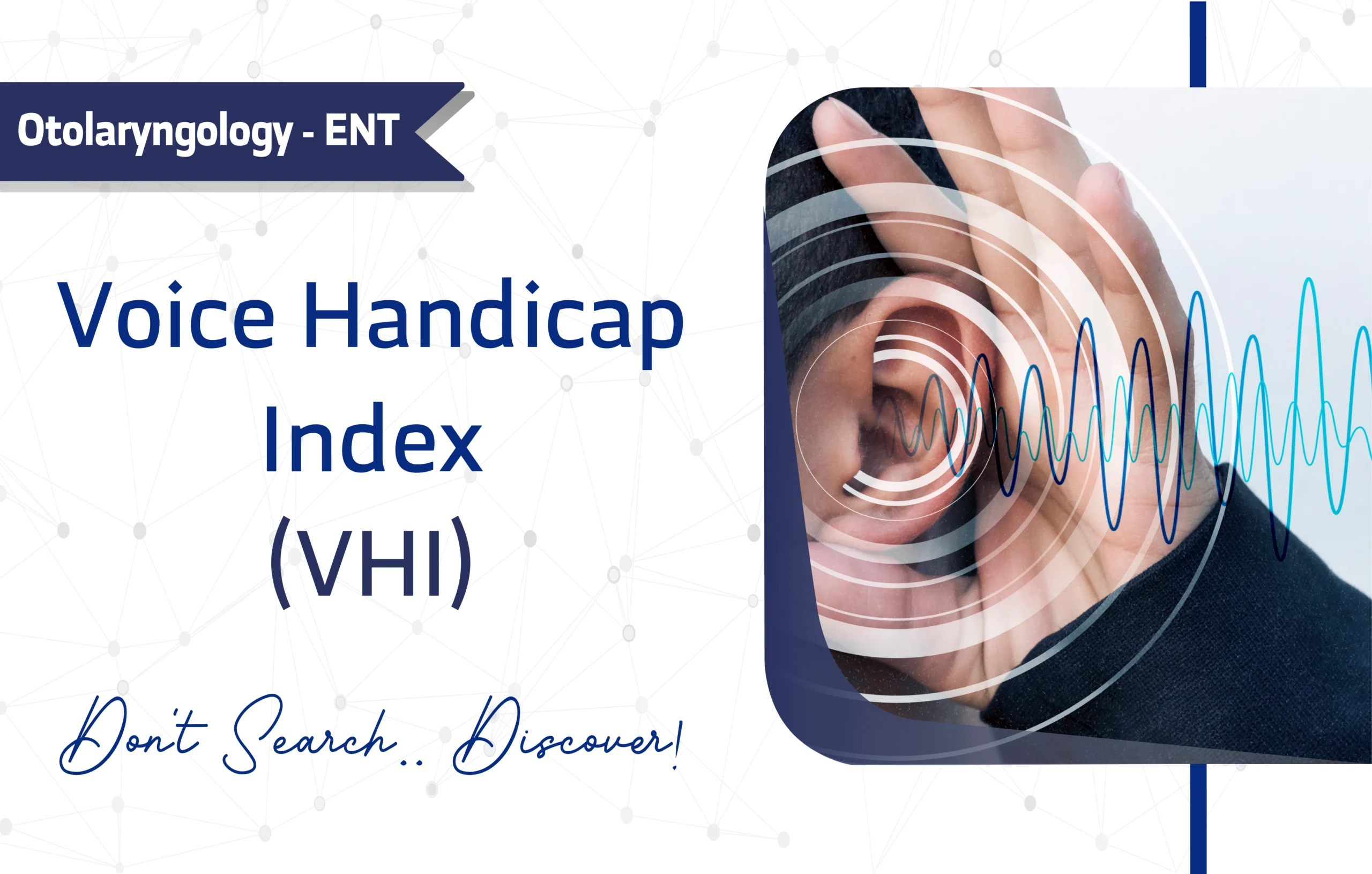

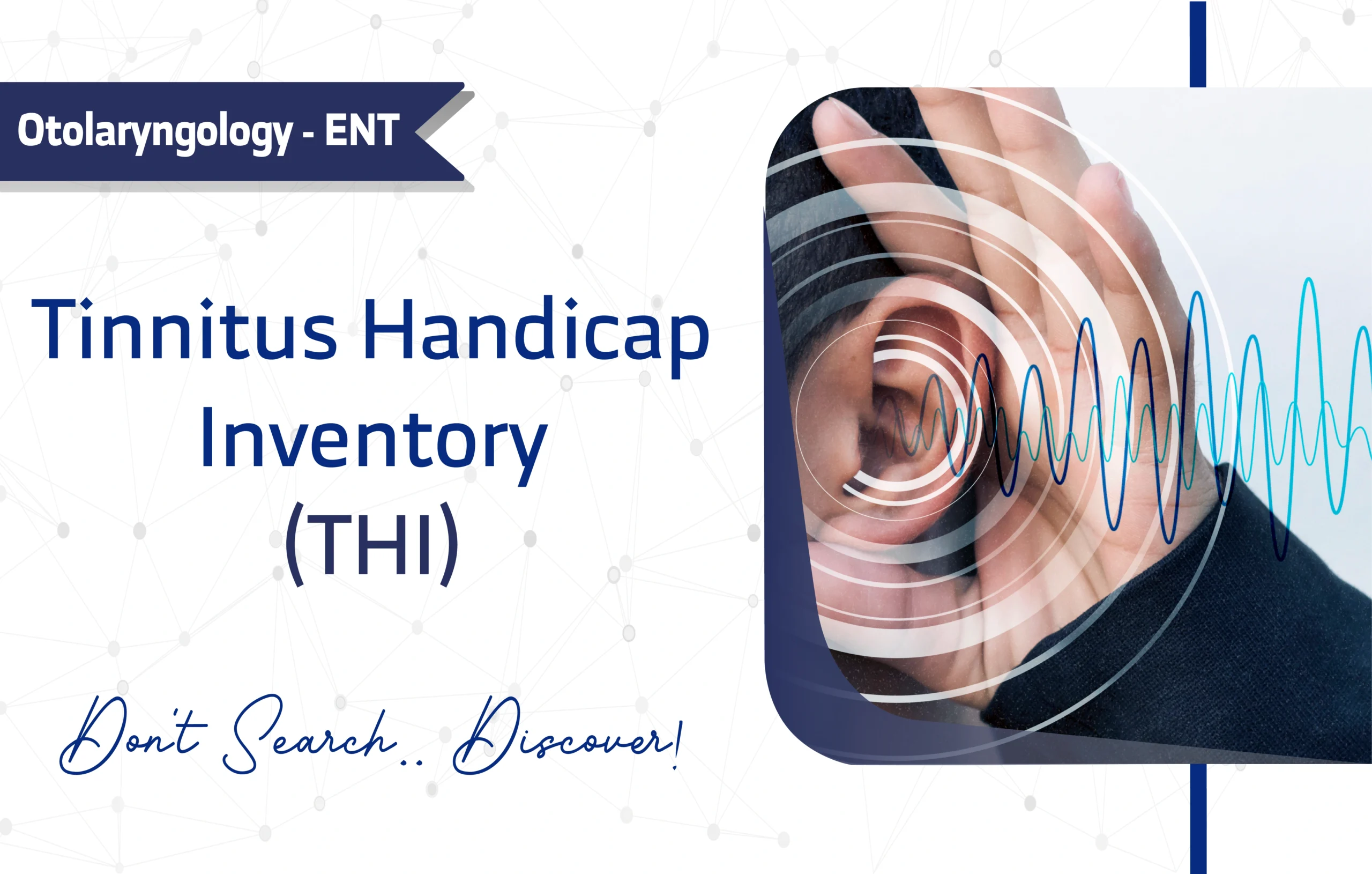
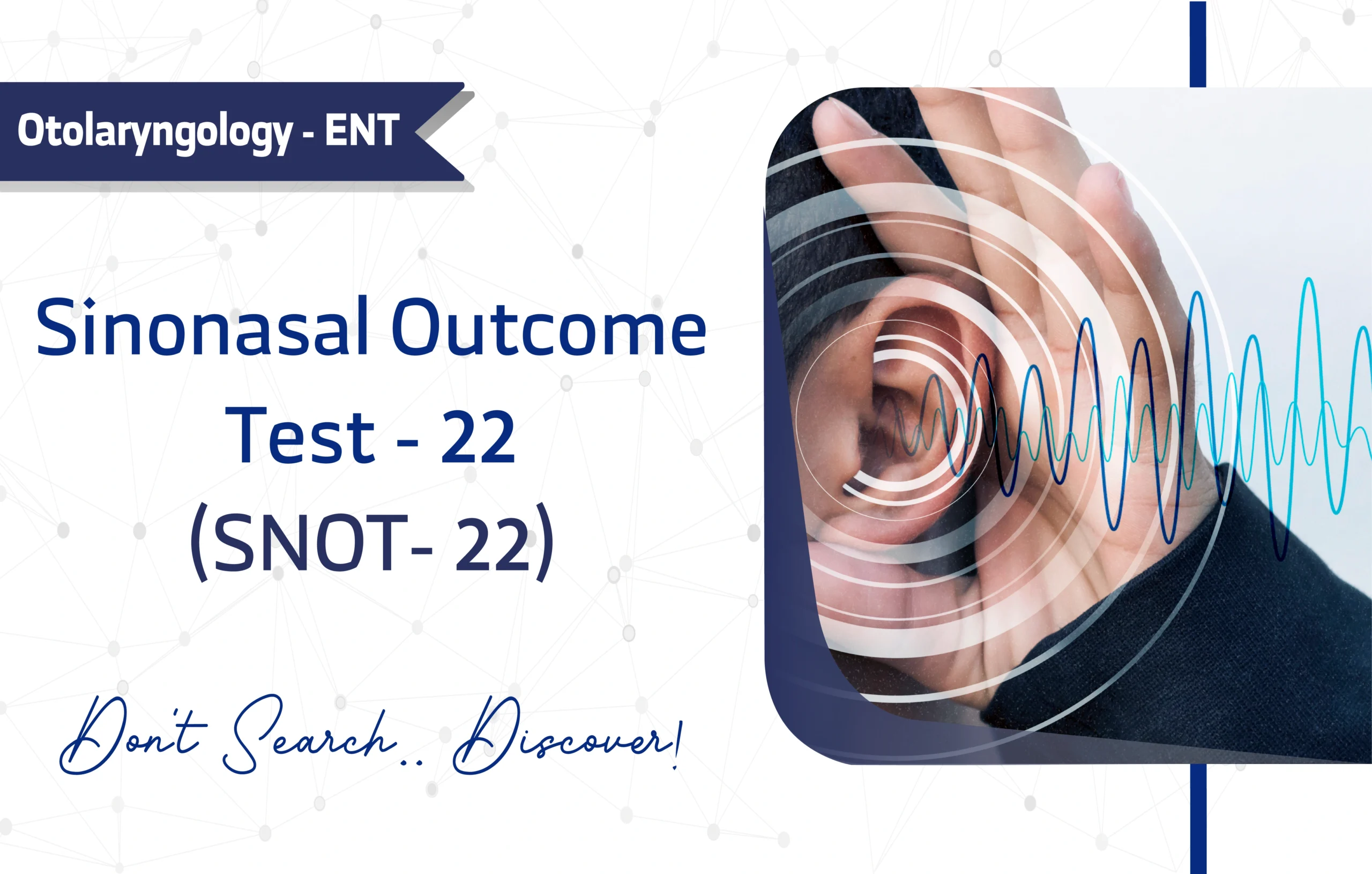
2 thoughts on “Stroke Impact Scale Version 3.0 (SIS V3.0): A Comprehensive Guide for Researchers and Clinicians”
The practicality of your materials will make a long-term difference. This is how the next generation of researchers will learn and grow.
Thanks for this excellent article.